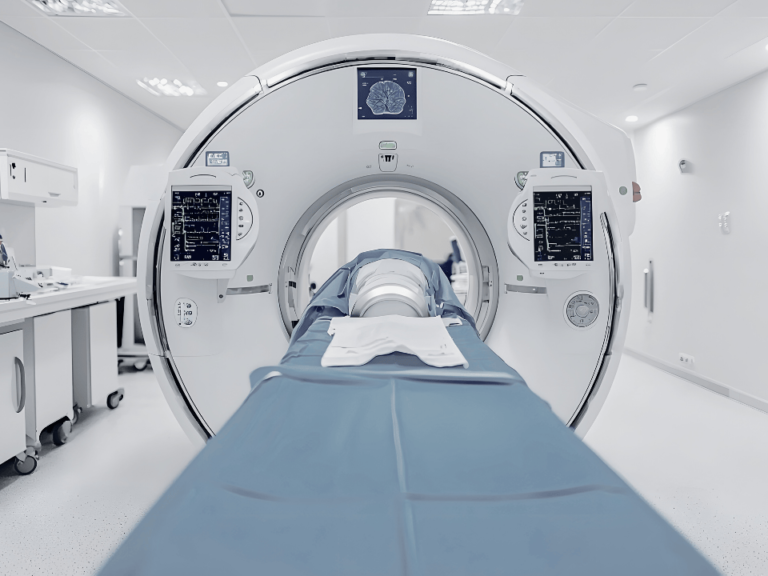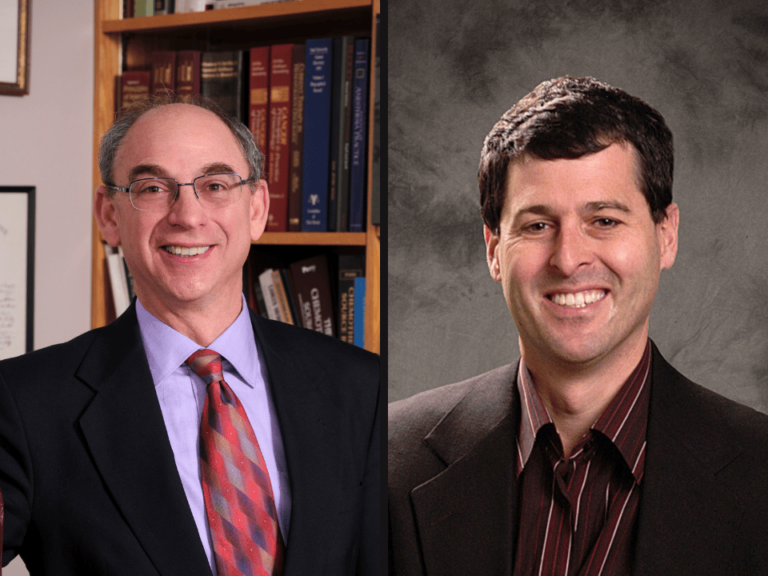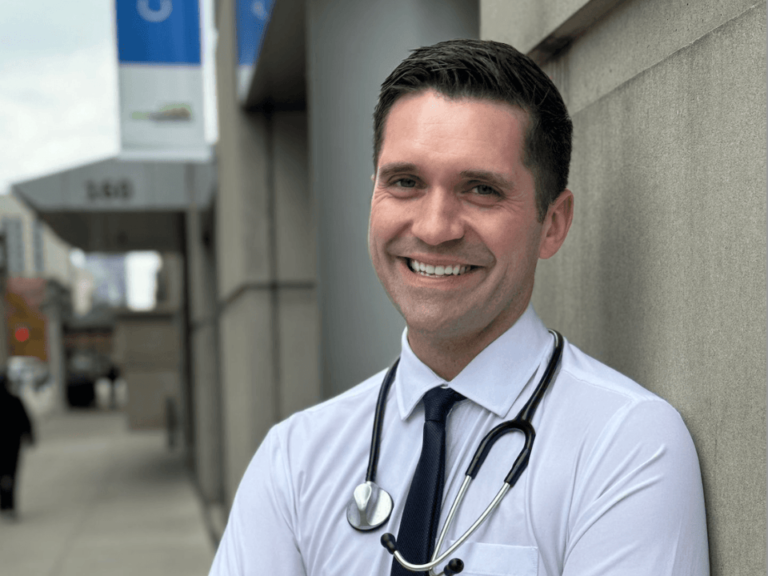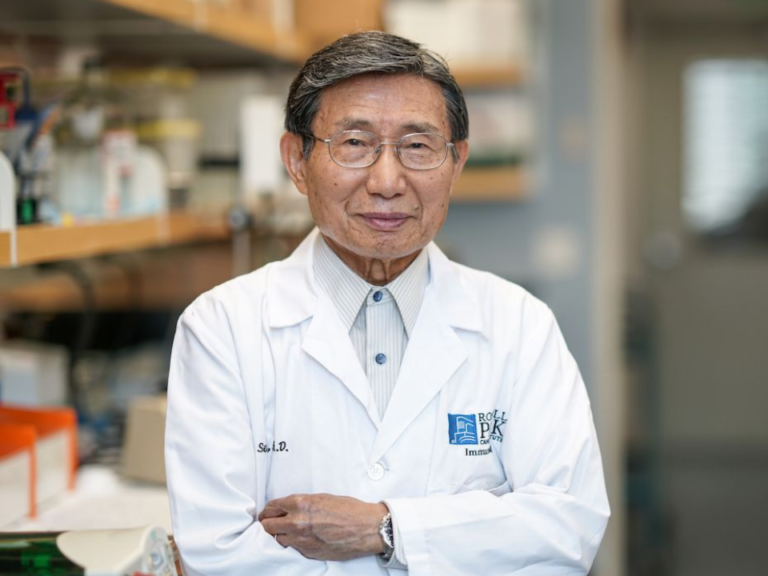

Nathaniel Berlin on the Diagnostic Radiology Program
Nathaniel Berlin, an experimental hematologist, joined NCI in 1956 as head of the Metabolism Service in the General Medicine Branch and held that position until 1966, when he became chief of NCI’s Metabolism Branch, a position he held until 1971.
This interview was conducted by History Associates Incorporated as part of the NCI Oral History Project interviews.
Nathaniel Berlin: Where did I go? What tangent did I come off of?
Gretchen Case: This was just talking about the early days of Cancer Control.
NB: Yes, right. That didn’t last very long. Rauscher went out, and I think he got [John] Bailar to develop the Control Program. Bailar didn’t last long at it. And Diane Fink came in. When she came in, [C. Gordon] Zubrod and I, [Frank] Rauscher-he was after Baker-we were cut out. I got what money I wanted, and I got the project started.
So that’s the very early days. But that plan, I thought-you know, Carl [G. Baker] utilized the resources he had, and I think we could have moved farther if we’d been given the opportunity.
You must recognize, as I did, that there were people both within the lnstitute and outside of the lnstitute who thought that Zubrod and I and Rauscher had too much power.
GC: Really?
NB: Yes.
GC: Did you perceive it that way?
NB: I thought we were benign.
[Laughter]
NB: Sure we had power. We had money, we had power. Was it well used? I’m not going to apologize for my use either internally or externally. I made my mistakes, sure.
GC: But it sounds like you used your power wisely.
NB: Yes, we set up a Diagnosis Program. I set up a Diagnostic Radiology Program. They didn’t move very far after I left. We did support the development of a Diagnosis Program, a CAT scanner for diagnosis of brain tumors. We developed the & controlled study for the diagnosis using a radiological technique. [Richard] Bolt, [Leo] Beranek, and [David] Newman did it.
And then Diane Fink took it on, and she lasted a while, and then I think Peter Greenwald got it.
GC: Peter Greenwald?
NB: And has changed its character, very much so. In large measure, in large measure scientifically. Major prevention is available today. Major preventions available today that have a base in science. Get rid of tobacco, and the Pap test. My division set up the Minnesota study to test fecal occult blood. That’s all we have that’s very specific.
The nutrition thing, you’ll have to talk to Peter about. What’s the evidence that anything nutritional has anything to do with cancer? I find it very difficult, scientifically. That’s just me.
And I don’t know what research we should be doing. You see, the major problem with Bailar is the data that he has on the change in mortality from breast-from cancer in total, the change in incidence, the change in mortality, I wrote up on the paper that I gave you. It was published in ‘95; 1 wrote it in ‘93 and ‘94. There’s been not much to quarrel about in that data.
And what Bailar said in the mid-’80s when he says, “Today we’ve got to do prevention research,”—but the thing that Bailar doesn’t tell you is what to do.
GC: He just said that something needs to be done, but not—
NB: Have you seen his interview with The Cancer Letter?
GC: No, I haven’t seen that.
NB: Get it. It’s fascinating, because when he said, “Well, we ought to put a third of our money, a half a number,” and they asked him, he said, “Oh, well, that’s a rubber number.”
Get it. It’s at home on my desk.
GC: Oh, I can get it from the NCI.
NB: Get the one with the Bailar interview. If you’re writing a history. [The Cancer Letter, June 6, 1997]
NCI Oral History Project Interview with Nathaniel Berlin, M.D.
By NCI | March 15, 2021
Recent contributions
Val Skinner: Chipping Away at Cancer
By Rutgers Cancer Institute of New Jersey | June 3, 2021
The Man behind the Prize: How Paul Marks Shaped Modern Cancer Research
By Memorial Sloan Kettering Cancer Center | May 26, 2021
Hopkins Breaks New Ground for Cancer Center, October 6, 1997
By Johns Hopkins Kimmel Cancer Center | May 24, 2021
This column features the latest posts to the Cancer History Project by our growing list of contributors.
The Cancer History Project is a free, web-based, collaborative resource intended to mark the 50th anniversary of the National Cancer Act and designed to continue in perpetuity. The objective is to assemble a robust collection of historical documents and make them freely available.
Access to the Cancer History Project is open to the public at CancerHistoryProject.com. You can also follow us on Twitter at @CancerHistProj.
Is your institution a contributor to the Cancer History Project? Eligible institutions include cancer centers, advocacy groups, professional societies, pharmaceutical companies, and key organizations in oncology.
To apply to become a contributor, please contact admin@cancerhistoryproject.com.










